
Keeping guests entertained while waiting on line for rides has always
been a challenge. Video screens in queues can help pass the wait
time, while also
offering advertising opportunities for things available both inside the park as
well as products offered by park sponsors.
|
|
|
 |
| |
|
|
 |
For the 1991 season, Great
Adventure rolled out Six Flags Television in the queues for many of its most
popular rides. The park-wide television network was a huge
undertaking. Installation began with wiring being added
throughout the queue areas to supply both electricity for the television
power and coaxial cable for the programming feed.
Metal poles to support a series of large CRT screens and their
enclosures were strategically
located at the edges of the park's biggest queues with the idea that it
would improve the wait for guests by keeping them entertained. MTV was a
big influence at the time and the park looked to engage the MTV
demographic which was also their target demographic. |
| |
|
|
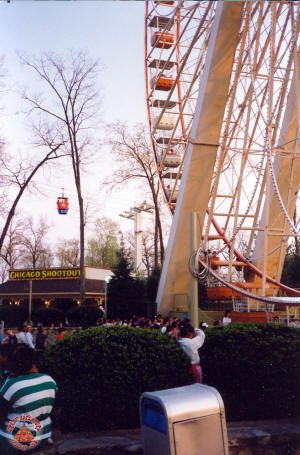 |
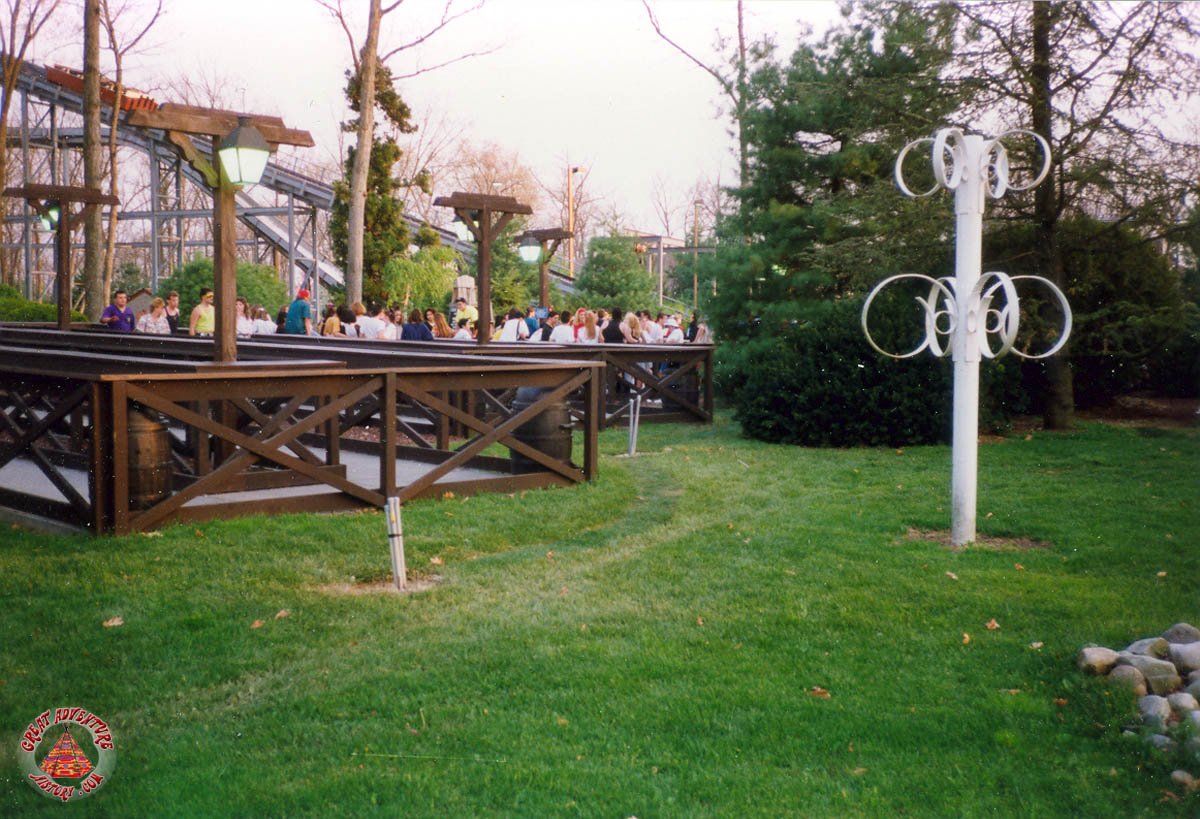 |
| |
|
|
| |
|
|
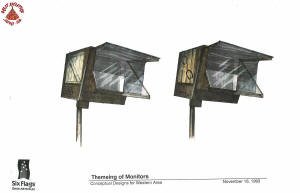 |
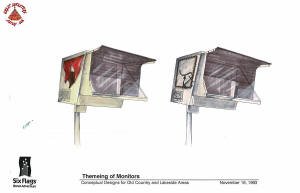 |
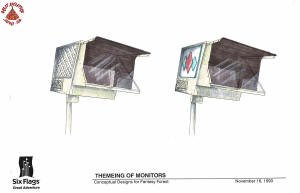 |
| |
|
|
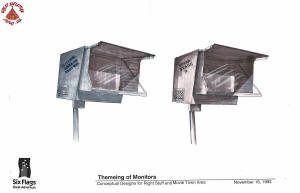 |
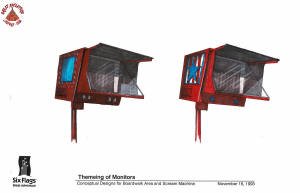 |
 |
| |
|
|
In the days before flat screen monitors, a 26" tube screen TV was a
large piece of equipment which was sensitive to weather. This required
an even larger elaborate
enclosure to hold the TV- about the size of a washing machine. The enclosures for
the screens were really bulky and
overall awkward looking, and as a result some of them were
given basic theme elements to match the
attraction or area where they were installed. Being they were out in the sun they also
required large sun shades to reduce glare, as well as external speakers
so they could be heard by the guests.
At the time of the original television network, Magnavox was a corporate
sponsor for many Six Flags rides and attraction. A a result they
partnered with the park in the design, installation, and execution of
the Six Flags Television network.
|
| |
|
|
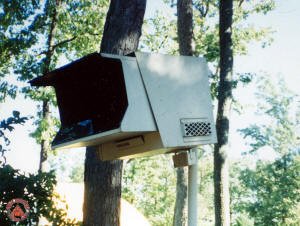 |
 |
 |
| |
|
|
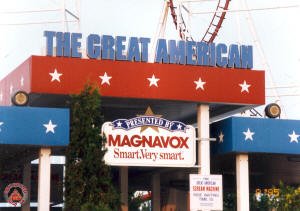 |
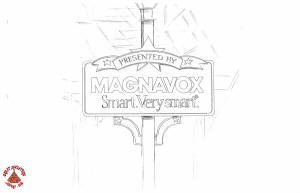 |
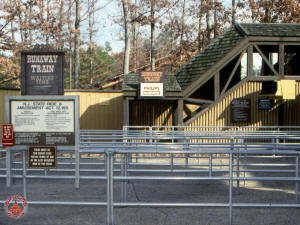 |
| |
|
|
| |
|
|
| The Six Flags Television
network was controlled and programmed on site from a small office under
the Great Lake Grandstand in an area that had been a shop when the
stadium was first built. The techs ran a variety of music videos, and
promotional spots for
the park, interspersed with Warner Bros. cartoons and animation, trivia,
and commercials for products that were targeting
the young demographic that the park attracted. |
| |
|
|
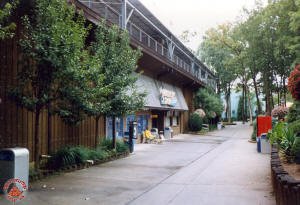 |
The TVs worked to help
entertain to a certain extent, but if lines moved quickly it made
viewing the content difficult as guests moved between the screens.
Screens were purposely not installed near stairs or steps to avoid
having guests accidentally trip or fall. Sometimes the programming would tie lines up as people stood and watched the videos
rather than paying attention to the line ahead of them. |
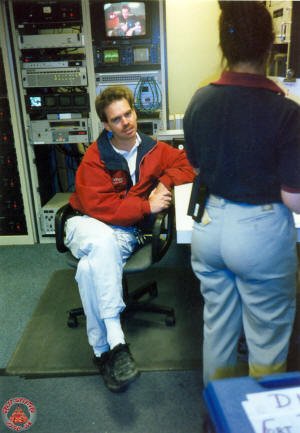 |
| |
|
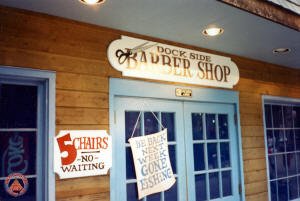 |
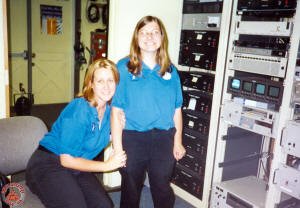 |
| |
|
|
 |
| |
|
|
The screens were located all over the
park and ranged from just a couple of units at a smaller ride to fifteen
TVs at the Great American Scream Machine. The sound was kept at a fairly high volume level which was
sometimes too low when it was crowded and noisy in a line, and then way too loud
when the park was relatively empty on a slow day or at night when things
quieted down. Regardless, it was still a welcome
diversion to have some kind of entertainment while waiting on a long
line for a ride.
|
| |
|
|
 |
| |
|
|
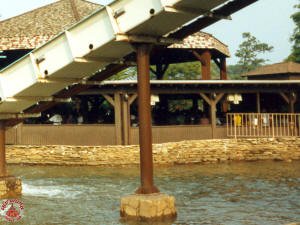 |
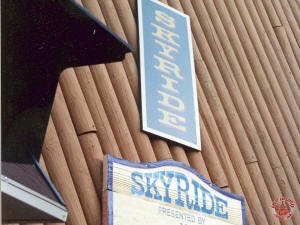 |
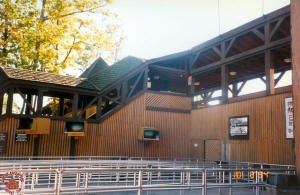 |
| Log Flume |
Skyride |
Runaway Train |
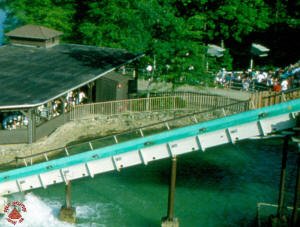 |
 |
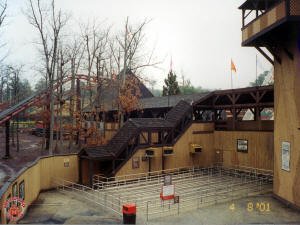 |
| |
|
|
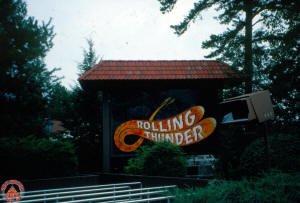 |
 |
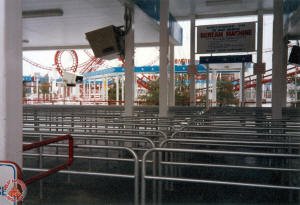 |
| Rolling Thunder |
Joust-a-Bout |
Great American Scream Machine |
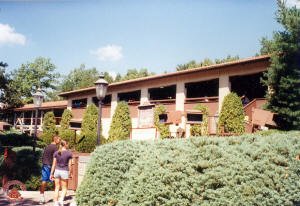 |
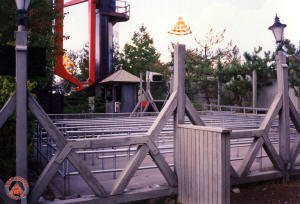 |
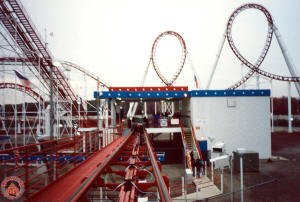 |
| |
|
|
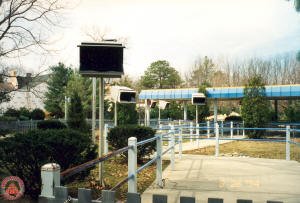 |
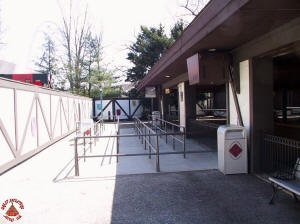 |
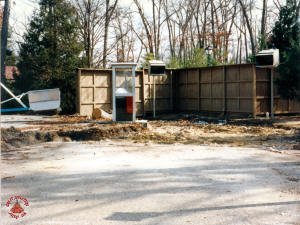 |
| ShockWave |
Autobahn |
Scrambler |
 |
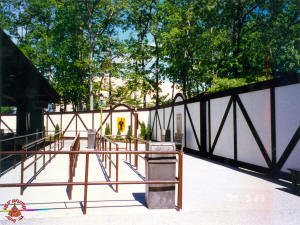 |
 |
| |
|
|
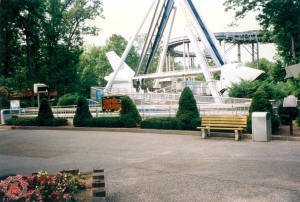 |
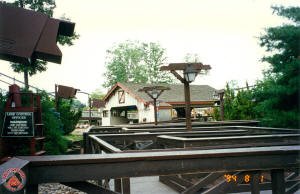 |
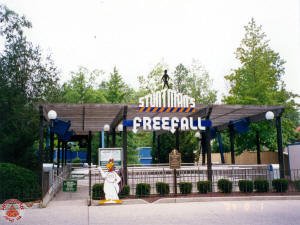 |
| Looping Starship |
Splash Water Falls |
FreeFall |
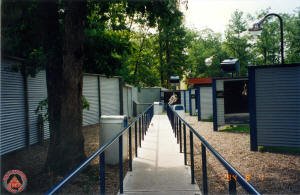 |
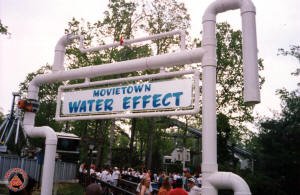 |
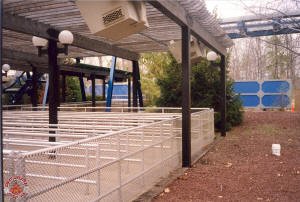 |
| |
|
|
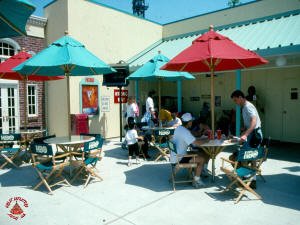 |
 |
 |
| HBO Commissary |
Big Wheel |
Flying Wave |
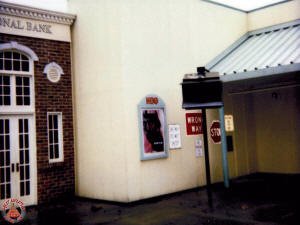 |
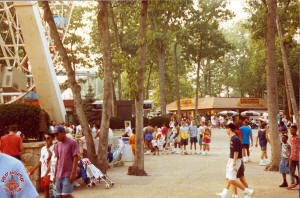 |
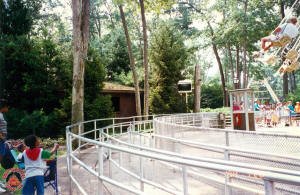 |
| |
|
|
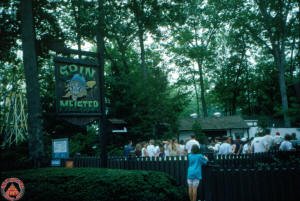 |
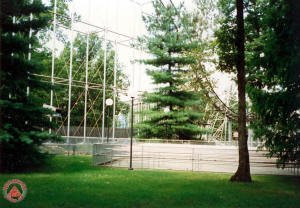 |
 |
| Spin Meister |
Lightnin' Loops |
Parachuter's Perch |
| |
|
|
 |
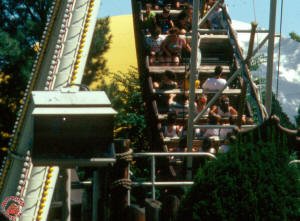 |
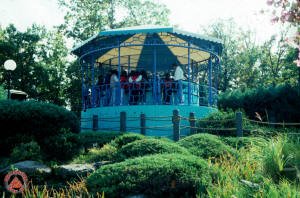 |
| Traffic Jam |
Buccaneer |
Typhoon |
| |
|
|
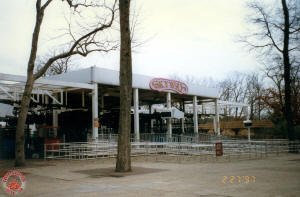 |
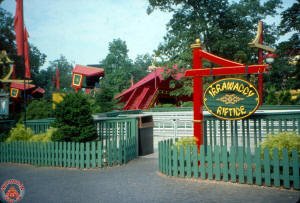 |
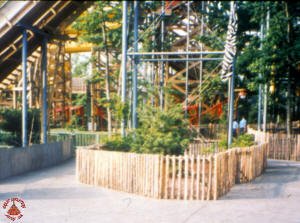 |
| Skyride - Dream Street |
Irrawaddy Riptide |
Asian Tower |
| |
|
|
 |
As the 1990's drew to a close Six Flags Television went away as the TVs
gave out. The biggest contributor to the system's demise came in
1999 when so much of the park was excavated for power line installations
for all the new War on Lines attractions. A lot of the coaxial
cable lines which carried the programming signals to the televisions
were severed. For a while many of the old TV enclosures remained
in the lines empty and unused. |
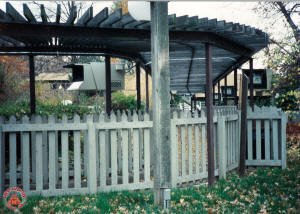 |
| North American Tower |
|
Congo Rapids |
| |
|
|
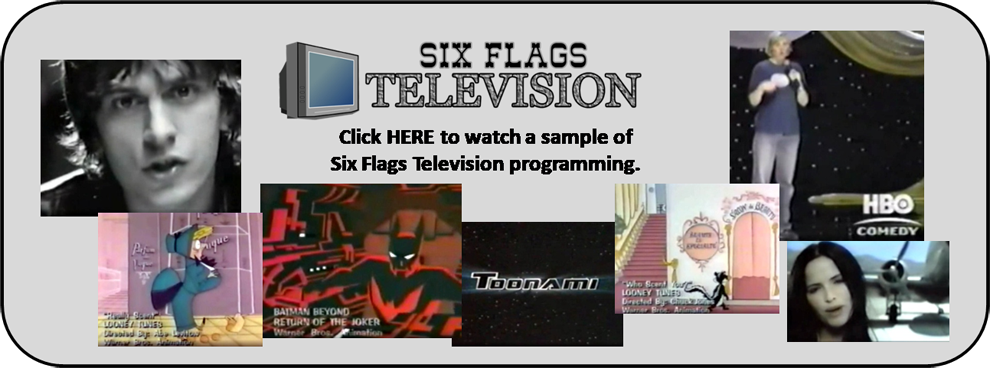 |
| |
|
|
 |
The original Six Flags Television installation was a huge undertaking
for its time. It was viewed by Time Warner, a multi-media company,
as a necessity in promoting their programming and products.
Since the removal of the initial network, several attractions have made
use of smaller local networks including El Toro, The Dark Knight Coaster
and the Safari Off Road Adventure queues. Other informational
monitors have also been installed to share park events and attraction
wait times.
Today, cell phones allow guests to have a portable programming network
in the palm of their hands offering an exponential amount of viewing
options to guests compared to the original Six Flags Television.
Even so, in its day, Six Flags Television was a welcomed addition to the
park keeping visitors entertained while seemingly reducing the amount of
time waiting in long lines. |
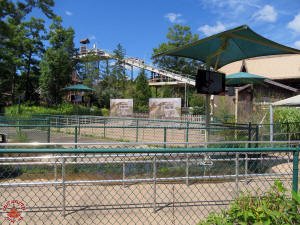 |
| |
|
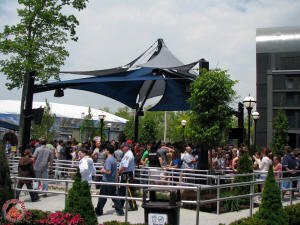 |
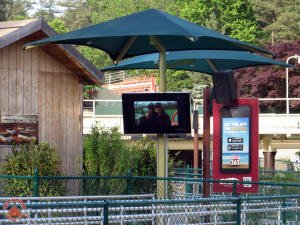 |
| |
|
|
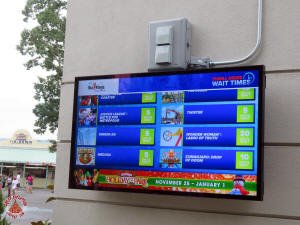 |
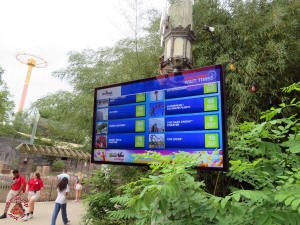 |
 |
| |
|
|
| Original
Spotlight: November 12, 2022; Updated: March 21, 2023. GAH Reference#: FACI-1991-001 |
| |
|
|
 |
 |
 |
 |



